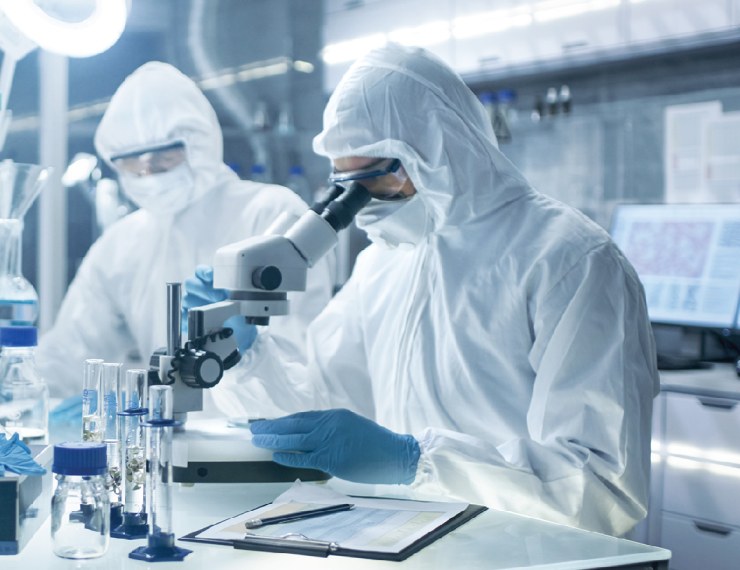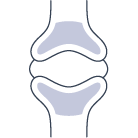Bone Marrow
What is
BMC?

Stem Cell
Stem cells refer to primitive cells in our body that have the ability to transform into any type of cell or tissue. Stem cells exist in an undifferentiated state, meaning they have not yet undergone the process of differentiation to acquire specific functions and forms. They possess the capability of self-renewal, meaning they can proliferate on their own, and they have the ability to differentiate into various cell types, known as pluripotency.
Research is ongoing to develop various stem cell therapies capable of treating previously challenging diseases, including rare and chronic conditions. Recently, autologus stem cell therapy methods have been developed, where stem cells are extracted from the body, concentrated, and then re-injected. This method has been certified as the innovative medical technology.

Types of Stem Cells
Stem cells can be broadly categorized into adult stem cells, induced pluripotent stem cells, and embryonic stem cells. Among adult stem cells, mesenchymal stem cells are found in various tissues such as fat, placenta, umbilical cord blood, bone marrow, and peripheral blood.
Among these, bone marrow and fat are tissues from which relatively large quantities of mesenchymal stem cells can be easily obtained.
Stem Cell
Application
-

Osteoarthritis
 New Health Technology Assessment
New Health Technology AssessmentCartilage regeneration, improvement of joint mobility, and reduction of osteoarthritis pain.
-

Tendon and Ligament injuries
It contributes to the recovery of tendon and ligament injuries, for it aids tissue regeneration.
-

Bone Fracture
Regenerates bone tissue to enhance bone strength and reduce pain.
-

Muscle Injury
Encouraging the repair of damaged tissue to facilitate recovery from torn or sprained areas.
-

Wound healing
Stimulating wound healing by supplying the body with substances necessary for tissue repair.








